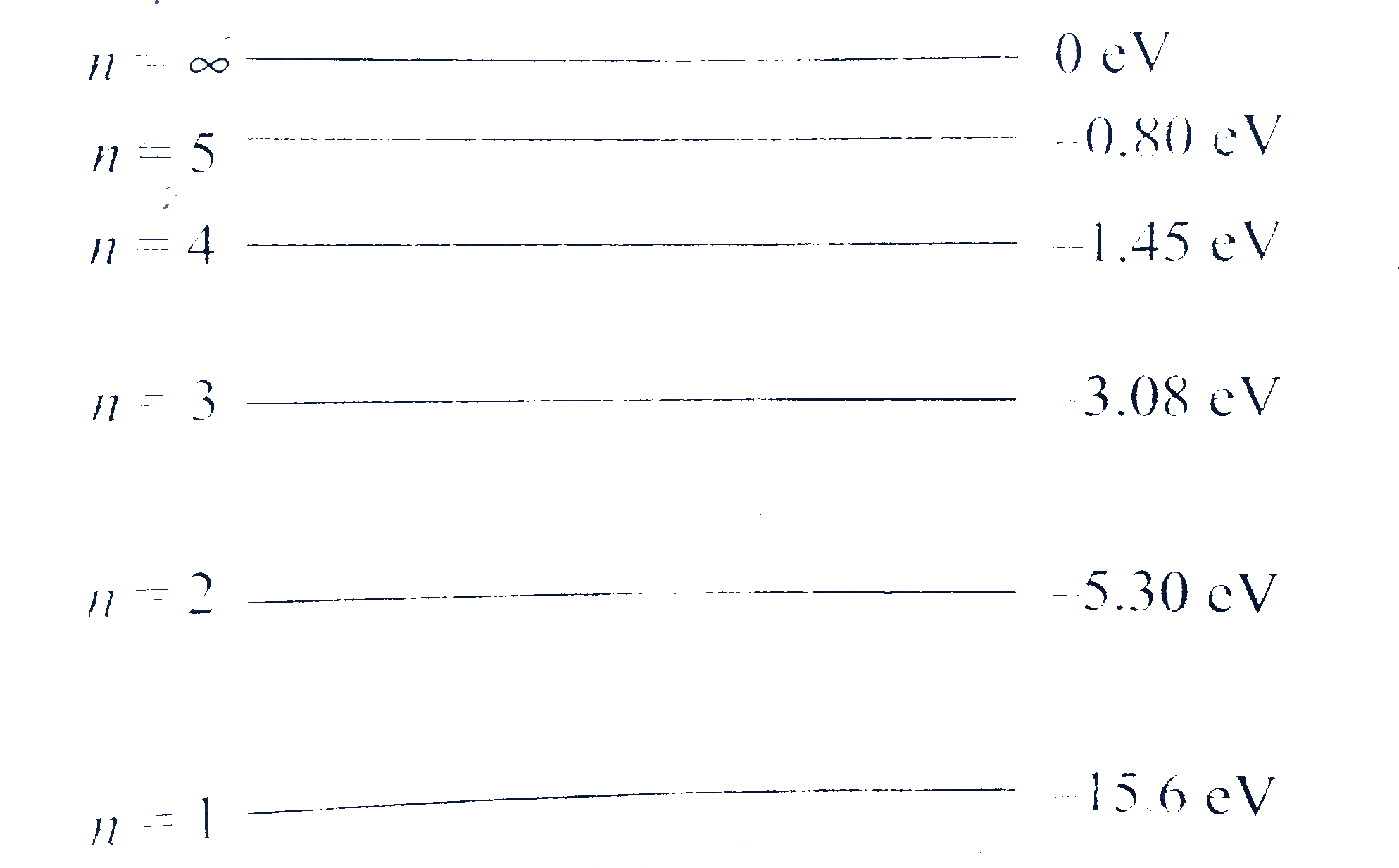There are four radioactive decay series called thorium (4n), uranium (4n+2) actinium (4n+3) and neptunium (4n+1) series. Neptunium series is artificial while other three series are natural. The end productsd of each radioacitve decay series have stable nuclei. All natural decay series terminate at lead but neptunium or artificial series terminate at bismuth.
Actinium series begins with an isotope of
Actinium
Radium
Uranium
Polonium
The correct Answer is:C
To solve the question regarding the starting isotope of the actinium series, we can follow these steps:
1. Identify the Series:
The actinium series is classified as a decay series represented by the formula 4n+3. This means that any isotope in this series, when its mass number is divided by 4, will leave a remainder of 3.
2. Determine the End Product:
The actinium series is a natural decay series that ultimately terminates at a stable isotope of lead. The stable isotope of lead that it ends with is lead-207, which has an atomic number of 82.
3. Find the Starting Isotope:
To identify the starting isotope of the actinium series, we need to find an isotope whose mass number, when divided by 4, gives a remainder of 3.
4. Check Common Isotopes:
The most commonly known isotopes that are associated with the actinium series include:
- Uranium-235 (U-235)
- Thorium-232 (not part of the actinium series)
- Actinium-227 (the element itself)
5. Calculate the Remainder:
- For Uranium-235:
235÷4=58remainder3
- For Actinium-227:
227÷4=56remainder3
Both isotopes yield a remainder of 3 when divided by 4, indicating they belong to the 4n+3 series.
6. Conclusion:
The actinium series begins with Uranium-235, which is the most commonly recognized starting point for this series.
Final Answer:
The actinium series begins with an isotope of Uranium (specifically Uranium-235).
---
The actinium series is classified as a decay series represented by the formula 4n+3. This means that any isotope in this series, when its mass number is divided by 4, will leave a remainder of 3.
The actinium series is a natural decay series that ultimately terminates at a stable isotope of lead. The stable isotope of lead that it ends with is lead-207, which has an atomic number of 82.
To identify the starting isotope of the actinium series, we need to find an isotope whose mass number, when divided by 4, gives a remainder of 3.
The most commonly known isotopes that are associated with the actinium series include:
- Uranium-235 (U-235)
- Thorium-232 (not part of the actinium series)
- Actinium-227 (the element itself)
- For Uranium-235:
235÷4=58remainder3
- For Actinium-227:
227÷4=56remainder3
Both isotopes yield a remainder of 3 when divided by 4, indicating they belong to the 4n+3 series.
The actinium series begins with Uranium-235, which is the most commonly recognized starting point for this series.
The actinium series begins with an isotope of Uranium (specifically Uranium-235).
Topper's Solved these Questions
- NUCLEAR CHEMISTRYBOOK - CENGAGE CHEMISTRY ENGLISHCHAPTER - NUCLEAR CHEMISTRYEXERCISE - Exercises Multiple Correct
26 Videos
- NUCLEAR CHEMISTRYBOOK - CENGAGE CHEMISTRY ENGLISHCHAPTER - NUCLEAR CHEMISTRYEXERCISE - Exercises Single Correct
80 Videos
- NUCLEAR CHEMISTRYBOOK - CENGAGE CHEMISTRY ENGLISHCHAPTER - NUCLEAR CHEMISTRYEXERCISE - Ex6.5 Objective
10 Videos
- NCERT BASED EXERCISEBOOK - CENGAGE CHEMISTRY ENGLISHCHAPTER - NCERT BASED EXERCISEEXERCISE - Nuclear Chemistry (NCERT Exercise)
29 Videos
- ORGANIC COMPOUNDS WITH FUNCTIONAL GROUPBOOK - CENGAGE CHEMISTRY ENGLISHCHAPTER - ORGANIC COMPOUNDS WITH FUNCTIONAL GROUPEXERCISE - Archives Analytical And Descriptive
24 Videos
Similar Questions
There are four radioactive decay series called thorium (4n), uranium (4n+2) actinium (4n+3) and neptunium (4n+1) series. Neptunium series is artificial while other three series are natural. The end productsd of each radioacitve decay series have stable nuclei. All natural decay series terminate at lead but neptunium or artificial series terminate at bismuth.
The starting isotope and the end product: isotope of actinium series are
View SolutionThere are four radioactive decay series called thorium (4n), uranium (4n+2) actinium (4n+3) and neptunium (4n+1) series. Neptunium series is artificial while other three series are natural. The end productsd of each radioacitve decay series have stable nuclei. All natural decay series terminate at lead but neptunium or artificial series terminate at bismuth.
The end product formed in the disintegration of .88Ra222 is
View SolutionThere are four radioactive decay series called thorium (4n), uranium (4n+2) actinium (4n+3) and neptunium (4n+1) series. Neptunium series is artificial while other three series are natural. The end productsd of each radioacitve decay series have stable nuclei. All natural decay series terminate at lead but neptunium or artificial series terminate at bismuth.
The end products of uranium and actinium series are, respectively
View SolutionThere are four radioactive decay series called thorium (4n), uranium (4n+2) actinium (4n+3) and neptunium (4n+1) series. Neptunium series is artificial while other three series are natural. The end productsd of each radioacitve decay series have stable nuclei. All natural decay series terminate at lead but neptunium or artificial series terminate at bismuth.
.86Rn219 is a member of actinium series. Another member of same series is
View SolutionThe end product of 4n series is
View SolutionThe end product of (4n+2) disintegration series is
View SolutionThe end product of (4n+3) series if ?
View SolutionThe last member of 4n+1 series is an isotope of …………………………………. .
View SolutionWhen the radioactive isotope .88Ra228 decays in series by the emission of 3α and 1β particle, the isotope finally formed is
View SolutionThe energy levels of a hypotherical one electron atom are shown in figure

Find the short wavelength limit of the series terminating at n=2.
View Solution